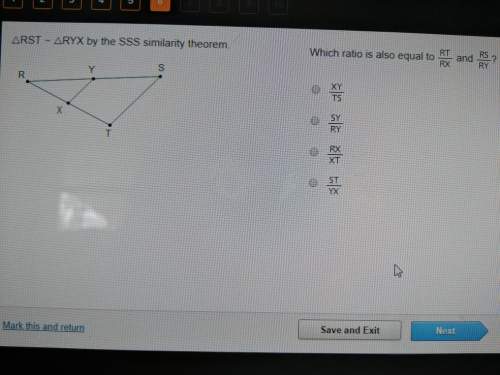
Mathematics, 02.03.2021 23:10 Kzamor
Alena has a pair of dogs, and she noticed they usually breed more male puppies than females. To check that, she bred them again and obtained 15 puppies, and 13 of them were males. Let's test the hypothesis that each puppy has an equal chance of 50% of being either male or female versus the alternative that the chance of a male puppy is greater. The table below sums up the results of 1000 simulations, each simulating 15 puppies with a 50%, percent chance of being male or female. According to the simulations, what is the probability of having 13 male puppies or more out of 15?
1.2%
0.3%
2.6%
0.9%
Let's agree that if the observed outcome has a probability less than 1% under the tested hypothesis, we will reject the hypothesis. What should we conclude regarding the hypothesis?
We cannot reject the hypothesis
We should reject the hypothesis

Answers: 3


Other questions on the subject: Mathematics


Mathematics, 21.06.2019 16:30, pennygillbert
Which of the following answers is 5/25 simplified? 1/5 5/5 2/5 1/25
Answers: 2

You know the right answer?
Alena has a pair of dogs, and she noticed they usually breed more male puppies than females. To chec...
Questions in other subjects:







Mathematics, 29.04.2021 22:30


Mathematics, 29.04.2021 22:30

Health, 29.04.2021 22:30




